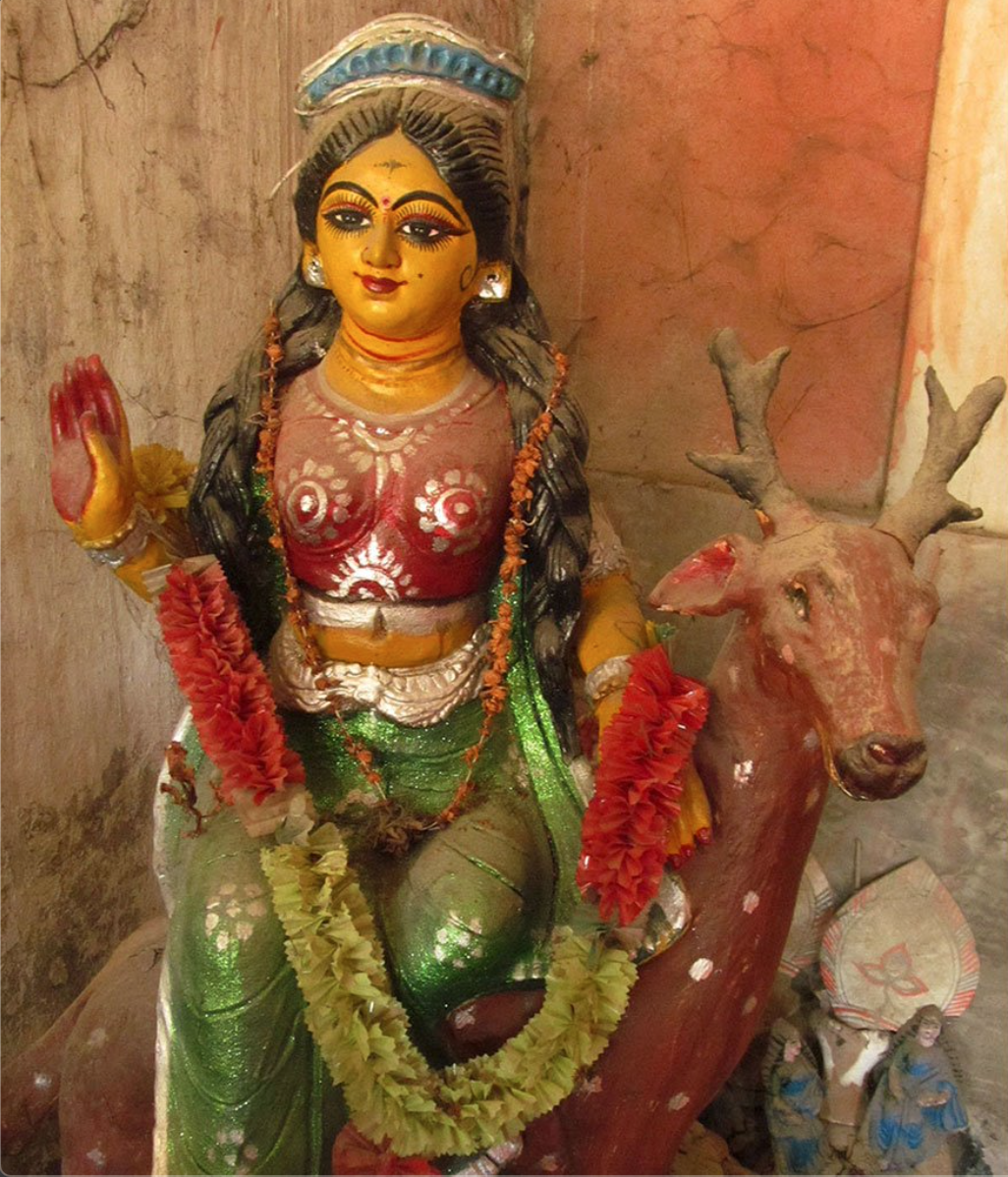Welcome to our newsletter, dear reader,
• We begin our monthly selection with an article presenting a choice of ginans, hymns of wisdom (from the Sanskrit jnana) from the Nizari Ismaili tradition. These songs, often recited along ritual prayer, are accorded a near scriptural status, and regarded as conveying in the vernacular the inner meaning of the Qur’an. In the ginans, the virahini, the woman longing for her beloved, becomes symbolic of the human soul who is experiencing viraha (painful longing) for the Beloved, almost always identified as the imam. The ginans emphasize nonetheless that the True Beloved can only be found after searching within the depths of one’s own soul.
“Beloved! Beloved!” all creatures cry out, but none finds the Beloved.
If the Beloved were to be found by simply repeating His name with the
tongue, then the heron would become a swan.
• Next we have a brief article by Philip Sherrard, “A Single Unified Science”, on “the unbreakable union between the esoteric and the exoteric, the feminine and the masculine, between the inner reality of a thing and its external appearance.” And about how “any genuine knowledge of either depends upon both being regarded as integers of a single unified science.”
The Fall may best be understood not as a moral deviation or as a descent into a carnal state, but as a drama of knowledge, as a dislocation and degradation of our consciousness, a lapse of our perceptive and cognitive powers—a lapse which cuts us off from the presence and awareness of other superior worlds and imprisons us in the fatality of our solitary existence in this world. It is to forget the symbolic function of every form and to see in things not their dual, symbiotic reality, but simply their non-spiritual dimension, their psycho-physical or material appearance.
• And we complete our selection with an article on Ma Bonbibi, the tutelary deity, the “jungle goddess of the Sundarbans”. In the mangrove forests of north-east India, where she is revered by both Hindus and Muslims, her worship consecrates the relation between humans and the deadly powers of the forest, like tigers and crocodiles.
Honey collectors and fisherfolk sacralize the forest at different moments in their lives. They do so annually at the mela, before entering, and when they return safely from work in the forest. Entry and the retrieval of forest resources are permitted but only when done in accordance with certain ritualized behaviors that connect all the people to a guardian agent. The act of making the forest sacred is an ongoing part of the cycle of life in this region.
Ma Bonbibi, as worshipped at Khari, riding a deer.




